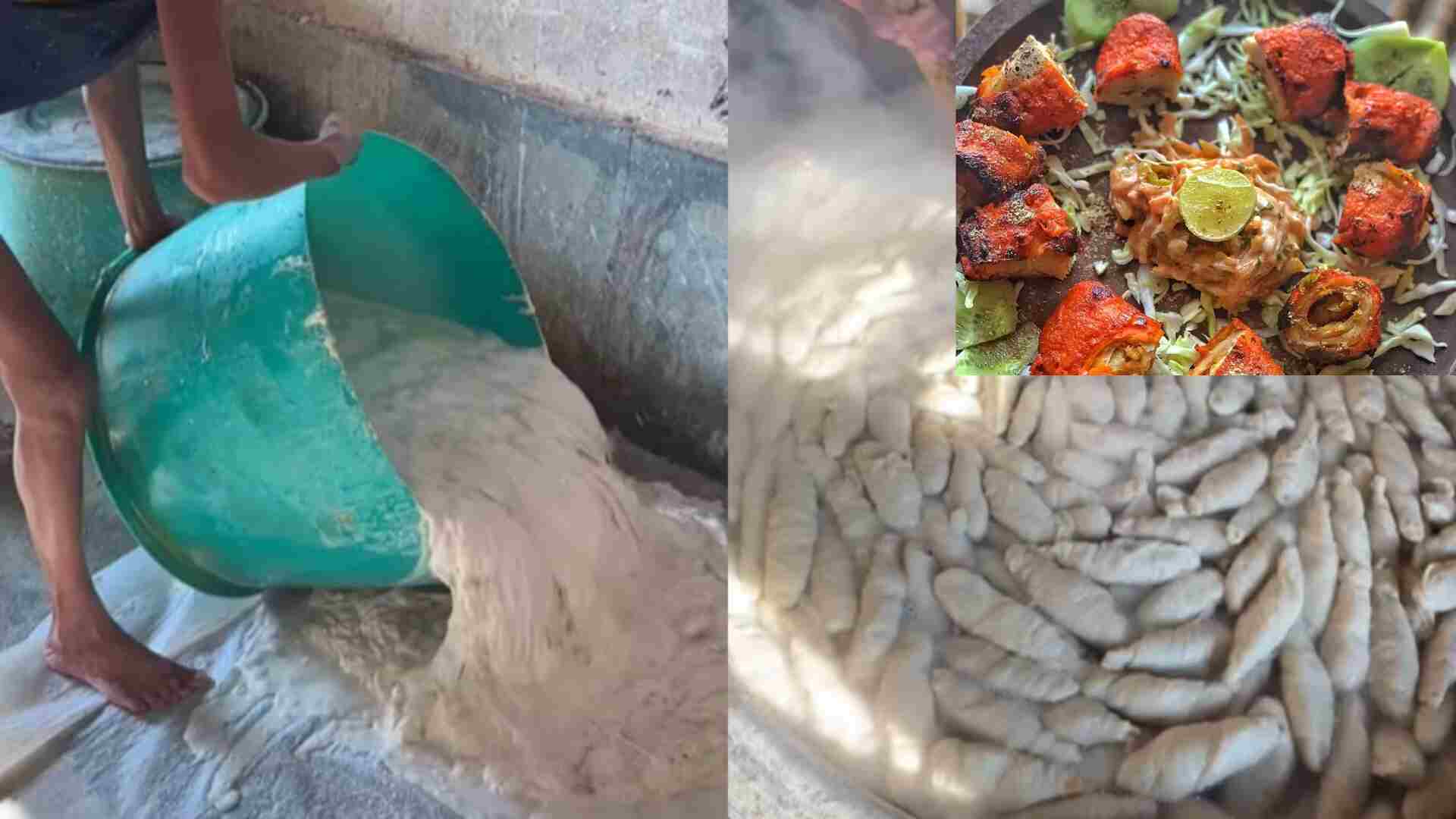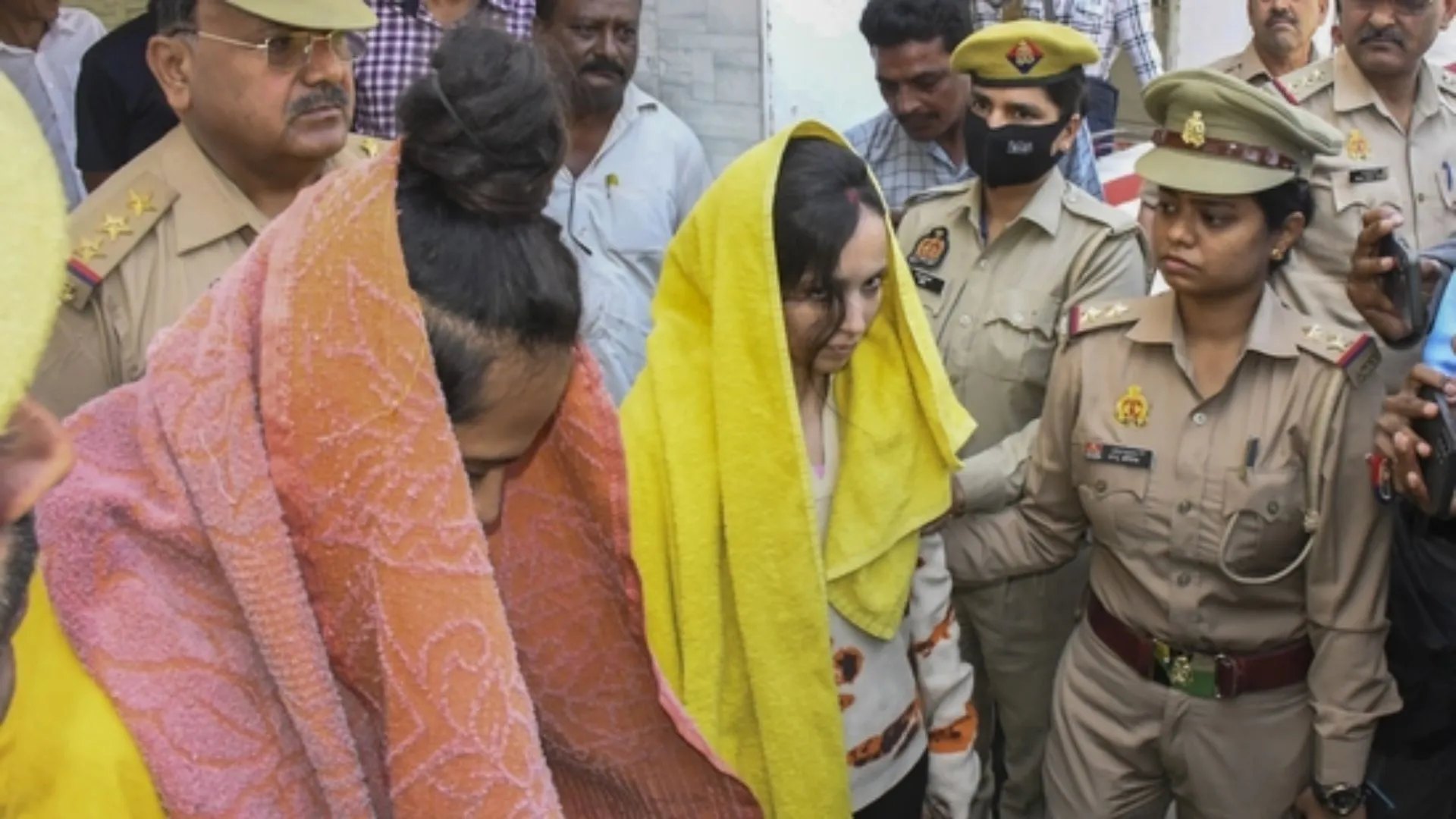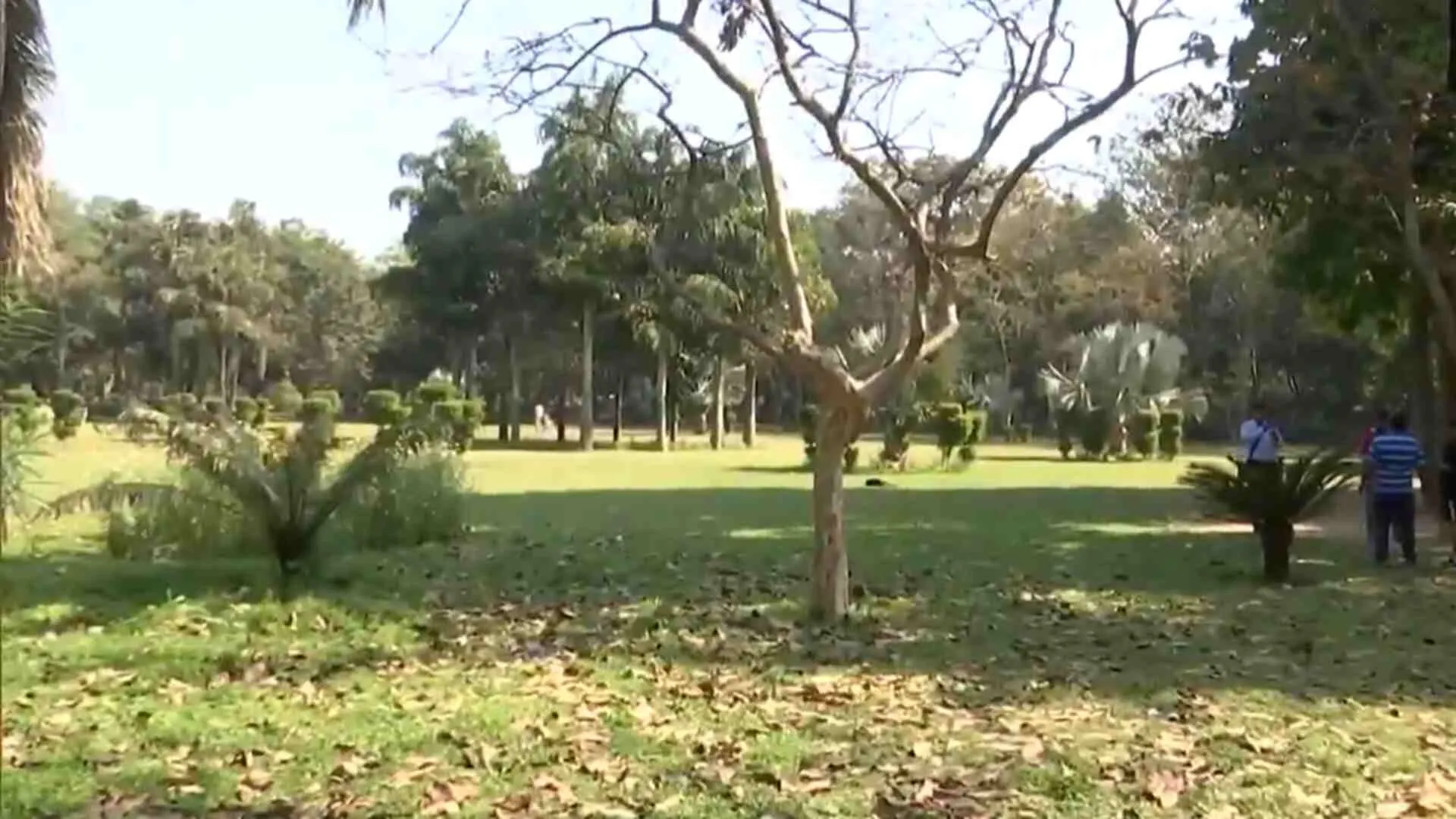A recent video has sparked significant concern among food enthusiasts, especially those who enjoy soya chaap, a popular vegetarian dish. The footage, shared by a food vlogger on social media, exposes alarming hygiene practices in the production process of soya chaap at a factory in Agra.
Soya chaap, known for its meat-like texture and flavor, is a street food favorite across cities like Delhi-NCR. It is a common sight at street stalls and upscale restaurants. However, the video has raised serious questions about food safety standards. The footage reveals the use of a mixer grinder to blend soybean pulp, followed by a worker mixing the batter by hand without gloves, plunging his hands up to his elbows into the mixture. The video further shows another worker standing barefoot in a large tub of the batter while shaping the chaap, and the batter being spread on the floor before forming small balls on sticks.
The video has triggered a wave of online reactions, with many viewers expressing their disgust and concern. Comments range from pledges to avoid street food altogether to demands for stricter regulatory oversight. One user commented, “After seeing this video, I won’t eat anything from outside,” while another said, “Now even chaap will not be eaten.” Calls for “strict action” against the factory have also been voiced.
Watch Here:
In the world of street food, soya chaap competes with other favorites like chaat-tikki and momos. Whether it’s Malai chaap or Tandoori chaap, the dish has garnered a loyal following. In Delhi, fans often wait in long lines for a taste of Geeta Colony’s renowned chaap or the Malai chaap from Chandni Chowk and Greater Kailash.
Soya chaap’s popularity extends beyond roadside stalls to high-end hotels, offering vegetarians a satisfying alternative with a flavor and texture reminiscent of meat kebabs. Despite its rising appeal, the video underscores the urgent need for better food safety practices and transparency in the preparation of popular street foods.





















